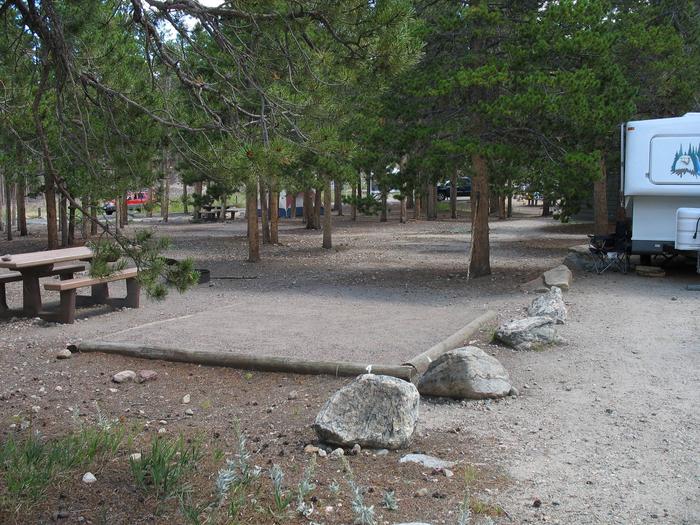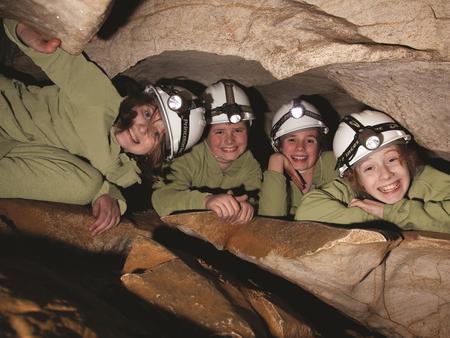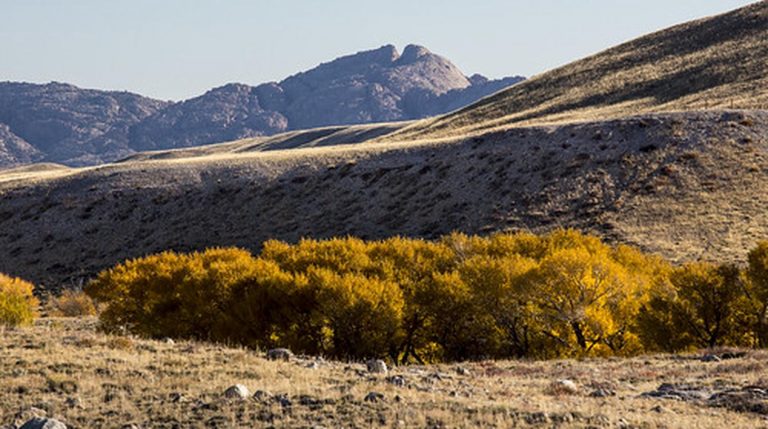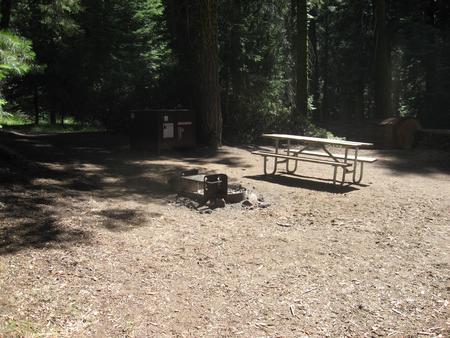Directions
From California: Head north on Interstate 5 to Weed, CA, then northeast 45 miles on Highway 97 to the Oregon Border. Take Stateline Road (Hwy. 161) east towards Tulelake, CA to Hill Road. Turn south on Hill Road. The visitor center is located 4 miles south on Hill Rd.
From Oregon: Headquarters is located 20 miles south of Klamath Falls, Oregon via Hwy. 97 south to Stateline Rd (Hwy 161) east towards Tulelake, CA to Hill Road. Turn south on Hill Road. The visitor center is located 4 miles south on Hill Rd. Or from Hwy. 39 south from Klamath Falls to Merril Pit Rd, follow the signs from there to the visitor center located on Hill Rd. Please contact the refuge visitor center for more information at (530) 667-2231
Phone
530-667-2231
Activities
AUTO TOURING, INTERPRETIVE PROGRAMS, HIKING, HUNTING, VISITOR CENTER, WILDLIFE VIEWING, ENVIRONMENTAL EDUCATION, PHOTOGRAPHY, PADDLING
Camping Reservations
Reserve your campsite at these camping areas:
Hiking Trails
Looking for nice hiking areas to take a hike? Choose from these scenic hiking trails:
Related Link(s)
More California Recreation Areas
Lower Klamath National Wildlife Refuge
The Lower Klamath National Wildlife Refuge, located in rural northeastern California and southern Oregon, was established by President Theodore Roosevelt in 1908 as the nation’s first waterfowl refuge. The refuge, with a backdrop of 14,000-foot Mount Shasta to the southwest, is listed in the National Register of Historic Places as both a National Historic Landmark and a National Natural Landmark. The 50,092-acre refuge is a varied mix of intensively managed shallow marshes, open water, grassy uplands, and croplands that provide feeding, resting, nesting, and brood-rearing habitat for waterfowl and other water birds. This refuge is one of the most biologically productive refuges within the Pacific Flyway. Approximately 80 percent of the flyway’s migrating waterfowl pass through the Klamath Basin on both spring and fall migrations, with 50 percent using the refuge. Peak waterfowl populations can reach 1.8 million birds, which represent 15 to 45 percent of the total birds wintering in California. The refuge produces between 30,000 and 60,000 waterfowl annually. The refuge is also a fall staging area for 20 to 30 percent of the central valley population of sandhill crane. From 20,000 to 100,000 shorebirds use refuge wetlands during the spring migration. Wintering wildlife populations include 500 bald eagle and 30,000 tundra swan. Spring and summer nesting wildlife include many colonial water birds, such as white-faced ibis, heron, egret, cormorant, grebe, white pelican, and gulls. In all, the refuge provides habitat for 25 species of special concern listed as threatened or sensitive by California and Oregon. All refuge waters are delivered through a system of diversion or irrigation canals associated with the U.S. Bureau of Reclamation’s Klamath Project. Consequently this leaves the refuge vulnerable to periodic water shortages due to an over-allocated system.






